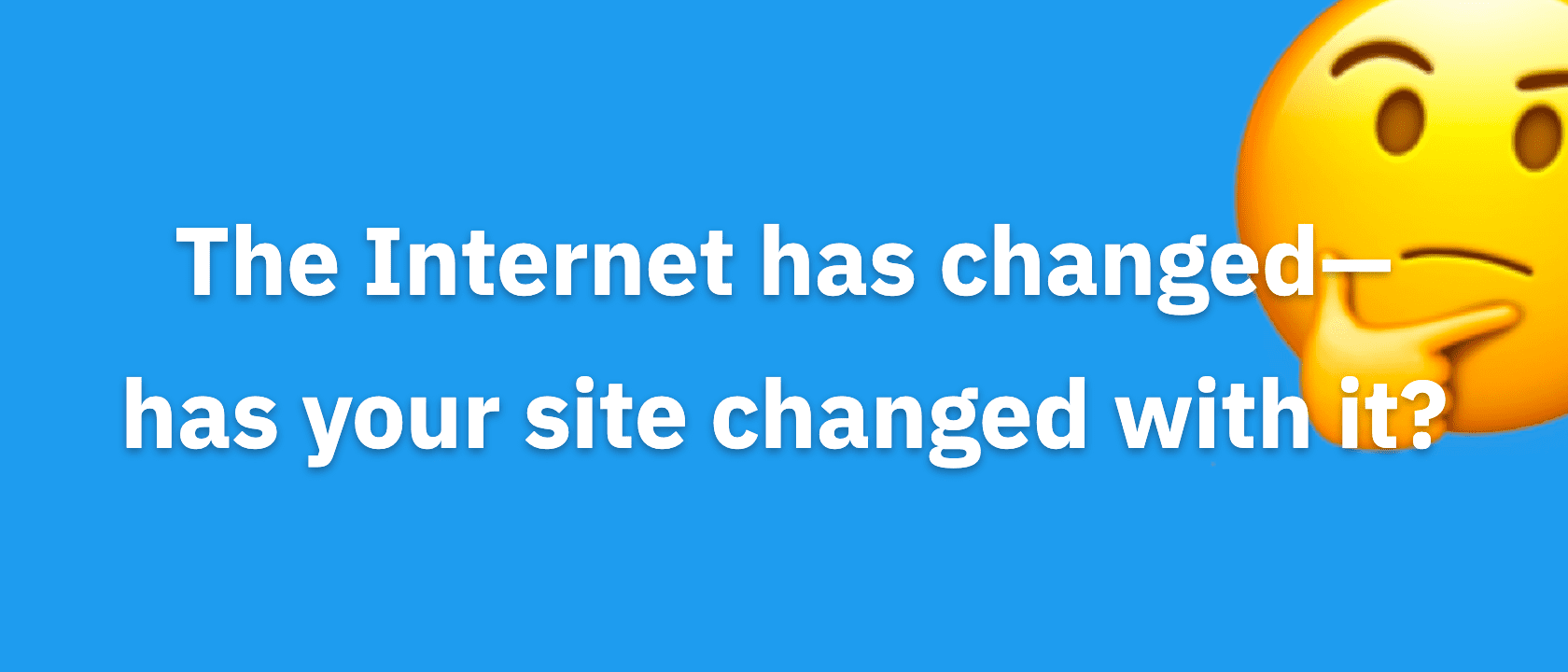This is the “chicken or the egg” question of the blog world…
When creating a blog, how many categories should you have?
There are people who say there is no definitive answer, but today, I’m going to debunk that myth, and show you exactly how many categories your blog should have and why.
A Tale Of Two Blogs (Which One Do You Have?)
There are two types of blogs…
The first type of blog is a database of information and news. When you visit that site, there’s likely 5, 10, or as many as 20 new articles each day, and you’ll find articles about everything within a specific niche.
As an example of this, think about Mashable. They release tons of new articles, and cover everything within the online space. They cover news stories, write in-depth articles, and more.
Then there’s the other type of blog. The blog that publishes less frequently. They may release one article a day, or less. While you may read some news articles on these sites, much of the content is evergreen—content that’s timeless.
As an example of this, think about the DIYthemes blog or Social Triggers. The articles are helpful, and often are applicable today, tomorrow, and will likely remain so for years.
As you might expect, depending on which type of blog you have, your WordPress category strategy changes, and now I’ll go through each of them with you.
Here’s the WordPress Category Strategy for Database-Driven Websites
When you’re running a website with loads of content, you need to organize it. It’s better for SEO, and helps readers find more articles about topics they might be interested in.
Here’s where most people go wrong though:
If you’re creating a category for every single thing that might make sense as a category, you’re doing it wrong. Really wrong.
Instead, you should only create a category when you expect to have several posts within that category. I’m talking like 10-20 articles at the bare minimum.
If you have less, that’s bad for usability, creates a lot of weak content-scarce pages, and overall, just pisses people off. Why would you send them to a category page when there’s nothing in it other than the post the person just read?
So, here’s the takeaway: if you’re running a large database-style news site, you should have as many categories as you need, as long as you have at least 10-20 posts in that category.
One note, when categorizing your articles, try to keep one article in one category, with a max of two categories. Yes, you can tag everything that matters, and that’s okay, but focus on the core point of your article, and that’s it.
Here’s the WordPress Category Strategy for Educational Websites
If you’re reading DIYthemes, you’re likely in the educational website business. You might post about news, but you often create unique content that helps people solve problems.
You’re likely a real estate agent, a service provider, a product seller, or a product reviewer, so you’re creating great, in-depth articles that can last a lifetime. Right?
Right!
So, here’s the WordPress category strategy that works for a site like yours. But first, let me lay the foundation…
Fewer Options, More Conversions
Have you ever heard of the Draeger Jam Study by Sheena Iyengar?
If not, she discovered that people are more likely to buy stuff when they don’t have to consider tons of options. It makes sense, too. Choosing one of three products is much easier than choosing one of twenty-four products.
When dealing with categories, I’ve found that the same applies. When you give people fewer categories to click on, they’re more likely to click on one of them.
Question is, how many categories are the right amount?
Again, you want to only create a category for a topic that you’re most likely to write about. And in the case of information-based blogs, it’s probable that most of your articles can fall within 3 to 8 categories.
What should those categories be?
You want them to be specific enough that people can view each category page as a solution to one of their problems. But you also want them to be general enough so that you can always fit articles into them.
As an example, here on DIYthemes, one of our main category pages is WordPress SEO. It’s a large enough category that we can always fill it with content, and it’s specific enough to help people.
Now, for a bad example, a category like “How to” is absolutely useless. Yes, you might write a “how to” article, but that’s not specific enough to be worthwhile for people.
In Both Cases, Each Category Page Should Follow This Simple Formula
Now that I’ve told you how to categorize your articles on your site, here’s the next step…
How should your WordPress category pages actually look?
I follow this simple formula:
Part 1: A persuasive headline that includes the category text.
Part 2: Introductory copy that situates the reader, and primes them to read your content.
Part 3: An optin-form to sign up for more updates
Part 4: Links to your articles in that category
Why do I follow this formula?
It’s simple.
The default WordPress category structure isn’t great for usability. When people click on a category, they’re thrown on to a page where they see headlines of all your latest articles in that category.
How confusing is that?
When you create the persuasive headline, the introductory copy, and then link to your articles, you’re situating people to consume your content in the most efficient way possible.
In Thesis, doing this is really easy…. we wrote a tutorial about it here.
